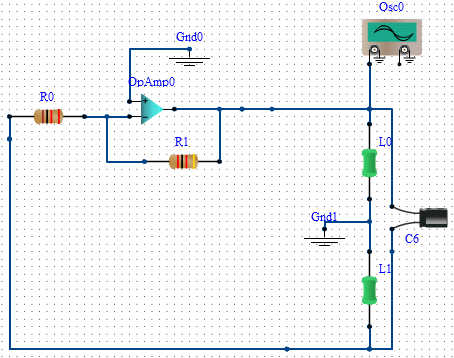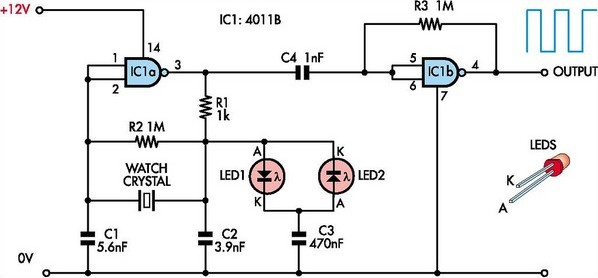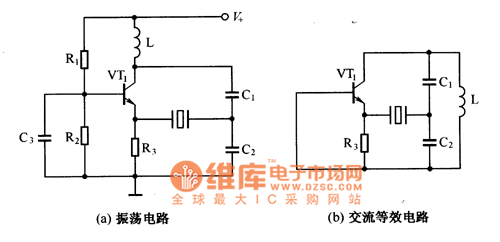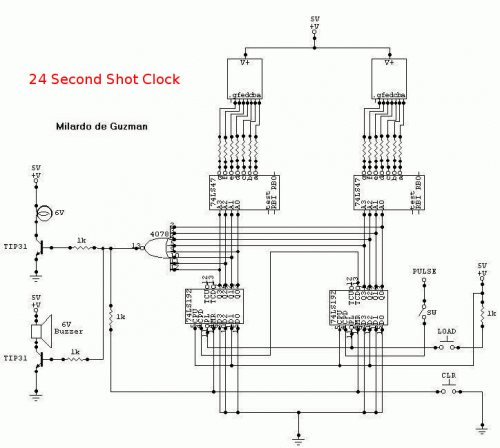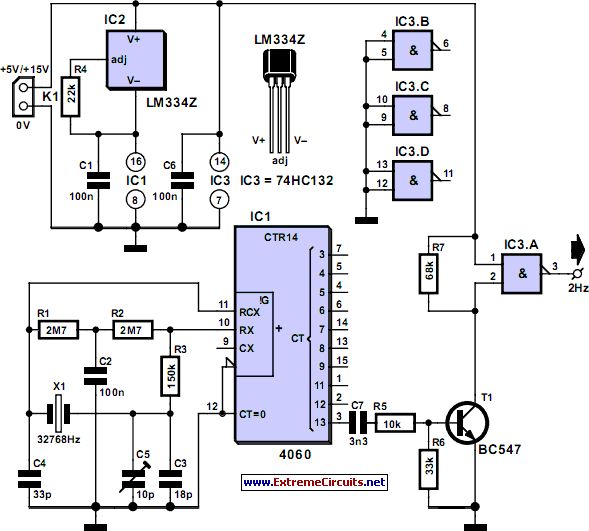
Programmable Clock Oscillator
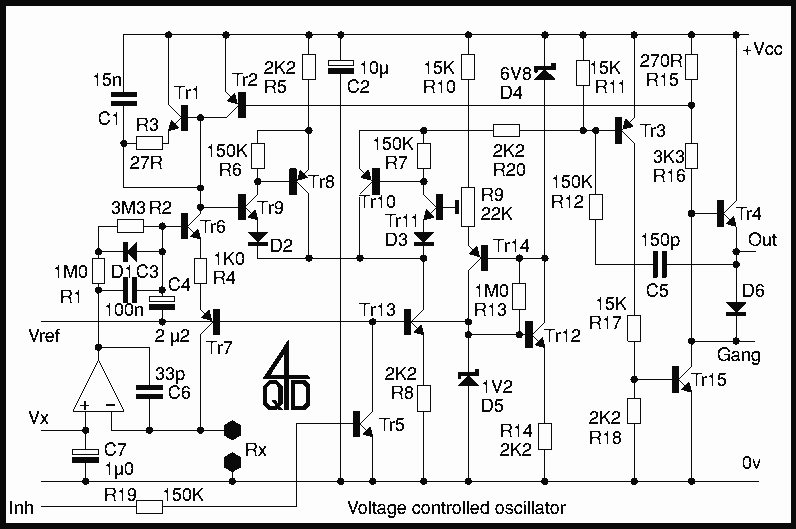
This is a voltage controller oscillator that was designed as a wide range oscillator to generate clock pulses for a stepper motor drive system. It does however have some interesting features. The original application used a stepper motor for its ability to operate over a very wide speed range, so this oscillator is also designed for a very wide frequency range.
The voltage-controlled oscillator (VCO) described functions as a crucial component in generating clock pulses tailored for stepper motor applications. The design focuses on providing a wide operational frequency range, accommodating the varying speed requirements of stepper motors, which can operate effectively across a broad spectrum of speeds.
The oscillator utilizes a voltage control input to adjust the frequency output dynamically. This allows for precise control over the stepper motor's rotational speed, facilitating smooth acceleration and deceleration. The circuit typically incorporates a phase-locked loop (PLL) architecture to maintain stability and accuracy in frequency generation. This PLL configuration ensures that the output frequency can be finely tuned, responding promptly to voltage changes.
Key components in the circuit include a timing capacitor, a resistor network, and an operational amplifier configured to produce the desired oscillation. The timing capacitor determines the charge and discharge cycles, which directly influence the output frequency. The resistor values can be adjusted to set the frequency range, allowing for customization based on specific application needs.
Furthermore, the oscillator may include additional features such as a frequency divider or multiplier, enabling further flexibility in frequency selection. This is particularly useful in applications requiring different stepping rates for the motor. The output can be interfaced with a microcontroller or a dedicated driver circuit to facilitate control over the stepper motor's operation.
Overall, this voltage-controlled oscillator is engineered to provide reliable and adjustable clock pulses, making it an essential component in advanced stepper motor drive systems that demand versatility and precision in speed control.This is a voltage controller oscillator that was designed as a wide range oscillator to generate clock pulses for a stepper motor drive system. It does however have some interesting features. The original application used a stepper motor for its ability to operate over a very wide speed range, so this oscillator is also designed for a very wide frequency range.
🔗 External reference
The voltage-controlled oscillator (VCO) described functions as a crucial component in generating clock pulses tailored for stepper motor applications. The design focuses on providing a wide operational frequency range, accommodating the varying speed requirements of stepper motors, which can operate effectively across a broad spectrum of speeds.
The oscillator utilizes a voltage control input to adjust the frequency output dynamically. This allows for precise control over the stepper motor's rotational speed, facilitating smooth acceleration and deceleration. The circuit typically incorporates a phase-locked loop (PLL) architecture to maintain stability and accuracy in frequency generation. This PLL configuration ensures that the output frequency can be finely tuned, responding promptly to voltage changes.
Key components in the circuit include a timing capacitor, a resistor network, and an operational amplifier configured to produce the desired oscillation. The timing capacitor determines the charge and discharge cycles, which directly influence the output frequency. The resistor values can be adjusted to set the frequency range, allowing for customization based on specific application needs.
Furthermore, the oscillator may include additional features such as a frequency divider or multiplier, enabling further flexibility in frequency selection. This is particularly useful in applications requiring different stepping rates for the motor. The output can be interfaced with a microcontroller or a dedicated driver circuit to facilitate control over the stepper motor's operation.
Overall, this voltage-controlled oscillator is engineered to provide reliable and adjustable clock pulses, making it an essential component in advanced stepper motor drive systems that demand versatility and precision in speed control.This is a voltage controller oscillator that was designed as a wide range oscillator to generate clock pulses for a stepper motor drive system. It does however have some interesting features. The original application used a stepper motor for its ability to operate over a very wide speed range, so this oscillator is also designed for a very wide frequency range.
🔗 External reference
